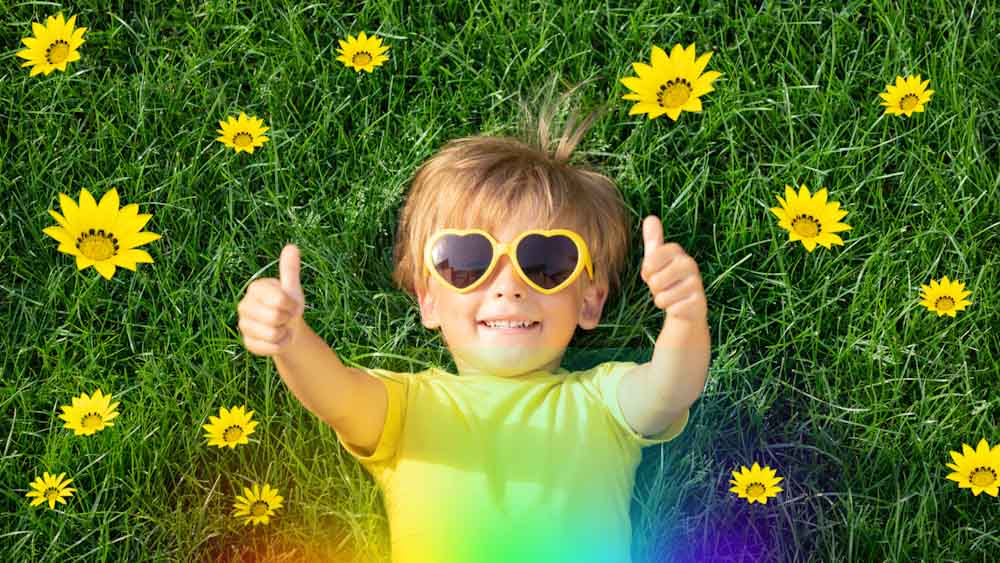
Yellow is typically associated with the color of happiness, specifically a slightly orange-yellow as seen on the logo of Optimal Happiness. However, many people wrongly described happiness as just one emotion, one color, or simply yellow.
In reality, according to the definition of happiness, happiness encompasses the whole range of positive emotions like joy, bliss, and ecstasy, while unhappiness includes the whole range of negative emotions such as rage, sadness, or boredom, which means that happiness represents a full rainbow of colors.
As such, when we aim to achieve Optimal Happiness, what we strive for is to experience the most positive emotions while minimizing the negative ones.
It is therefore for people to claim that “happiness is boring,” as this implies a vision of happiness as a singular color or emotion, while in reality happiness is a whole range of colors in life.
Moreover, it is incorrect to state that happiness cannot be experienced without unhappiness, as some people argue that the dark and cold colors associated with unhappiness need to come before the bright and warm colors of happiness to enhance their positive feelings. However, this belief is flawed. After all, who wants to be hit by a metaphorical hammer of life only to enjoy peace after the hammer stops swinging?
Actually, happiness is like a muscle, meaning that the more happy emotions we experience, the easier it is to experience further happiness, and the easier it is to experience high positive emotions. The same is true for unhappiness, which is also a muscle, meaning that the more unhappy feelings we experience, the harder it is to be upbeat and positive about the past trauma, the present moment, and not to see the future with anxiety and prejudice.
Moreover, I always say that life already has too much negativity for us to proactively go and cultivate some more of it. In fact, if all we do is focus on positivity, we will still experience enough negativity, meaning that realistically speaking we should not venture out looking for additional problems. They will find us eventually, so it’s best to avoid them as much as possible.
Overall, when we say that we want to have a “good life,” what we mean is that we want to have a life full of happiness, which comes in all its positive, warm, and bright colors. We want as little suffering as possible, which is achievable if you follow the Optimal Happiness formula.
Ultimately, everything we do in life is to feel more positive emotions and decrease negative ones. Even things like working, buying stuff, eating gourmet food, sleeping, breathing, and having relationships are all done in order to create more positivity and decrease negativity. In other words, many people confuse the means with the end itself, with the “means to an end” being everything we do in order to feel happy, and the “end” being happiness.
It is therefore my advice that we cut out all these middlemen, such as products, people, and services that promise happiness, and go directly for happiness, as often things that are supposed to make us happy don’t deliver as promised and instead create more problems than they are worth.
However, focusing on happiness is surprisingly the fastest way to become happy, which we can do by stopping to think of the means to the end and optimizing towards the end in itself, which is happiness.
This may sound confusing, but we have already mentioned a few ways to do so, such as stopping looking for positivity in negativity, avoiding thinking of happiness as boring, and not believing that our shopping basket can make us happier.
Realistically speaking, it has failed to make us completely happy during all of our past shopping experiences, at least in a way that resolved all of our problems, led us to live our best lives, and delivered unconditional happiness today and forever.
This is a completely different paradigm of thinking, which, if we can understand it, will change our lives forever for the better.
So cultivate your best possible life, optimize towards happiness, and experience the full rainbow of positive emotions.
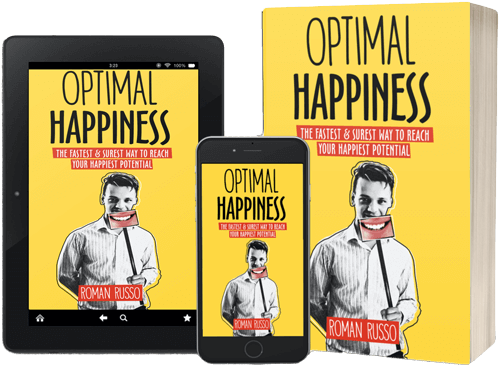
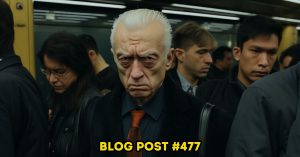


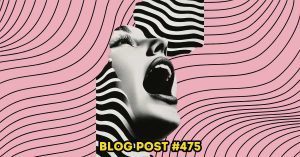



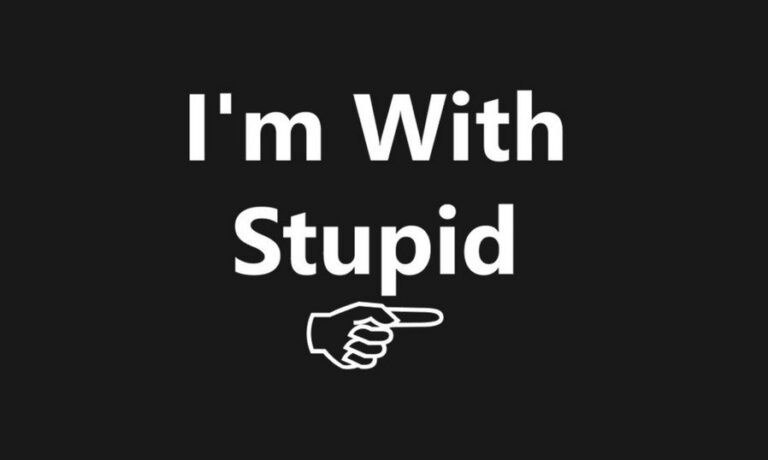
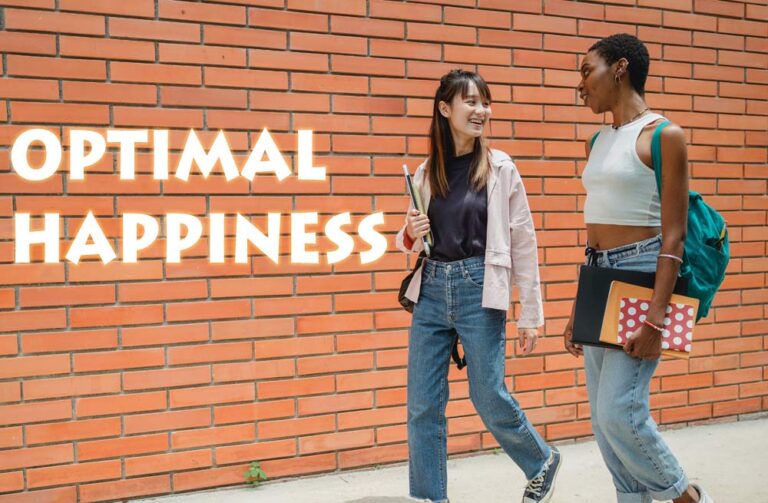

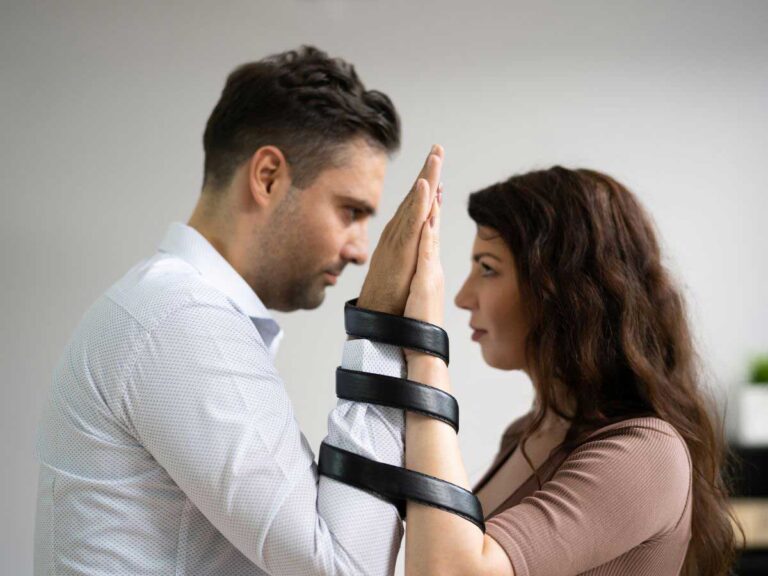
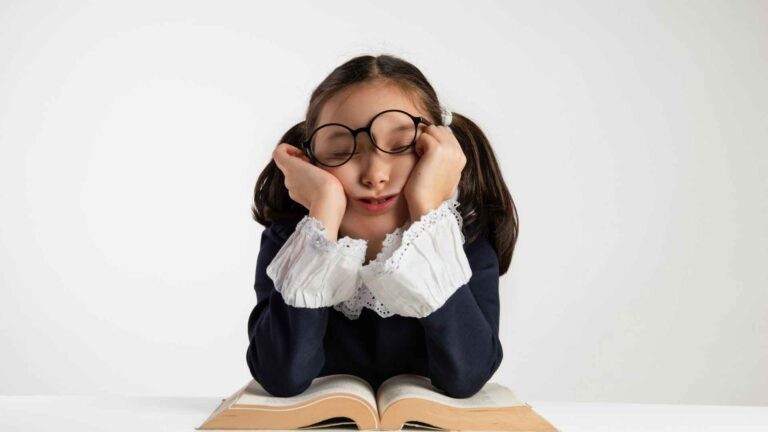


5 thoughts on “Happiness is an Emotional Rainbow, Not Just a Yellow Color”
I like how you mentioned that the more we practice experience those positive emotions and embracing/focusing on them, we can get better at experiencing those.
That’s so on point and so important because some people believe that if they are always unhappy, they can suddenly become happy. Realistically speaking, the unhappier we are, the harder it is to cultivate happiness and maintain it. Similarly, if we are always happy and something bad happens to us, then this event is likely to be perceived as less significant. This proves once again that we should cultivate as much happiness as possible in our lives in order to lead our best lives.
Happiness is an emotion and can be influenced by one’s level of affectivity. Your response to pleasure or pain can determine your level of happiness. Some can cope with both pain and pleasure but some can only cope with pleasure and not pain. Bear in mind that pleasure can be painful too. Well, it’s paradoxical. Nice work!
Corrected Daily Ability. Some people mistakenly equate pleasure with happiness, believing that the more pleasure they experience, the happier they will be. However, pleasure is a short-term emotion while happiness is long-term. Similarly, pain is mostly a short-term emotion while unhappiness is long-term. Thus, it is possible to experience pleasure without being happy, or pain without being unhappy. Many people make the mistake of constantly seeking stimulation without truly understanding why they remain unhappy.
Furthermore, when studying “happiness,” it is important to recognize that the intensity of pain and pleasure, and our ability to cope with or enjoy them, is subjective and can be developed through practice. Thank you for your comment!
I like how you compare happiness to being a muscle. That is very true. Thank you for uplifting words.